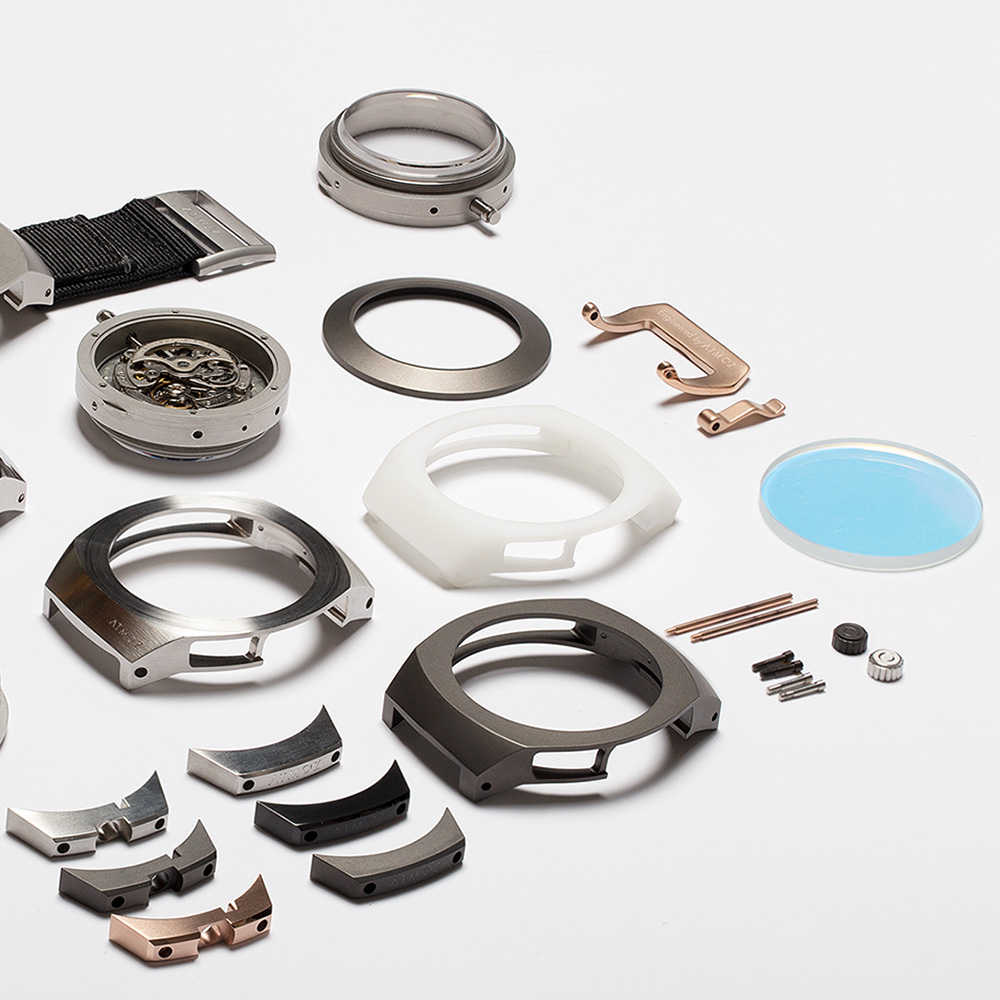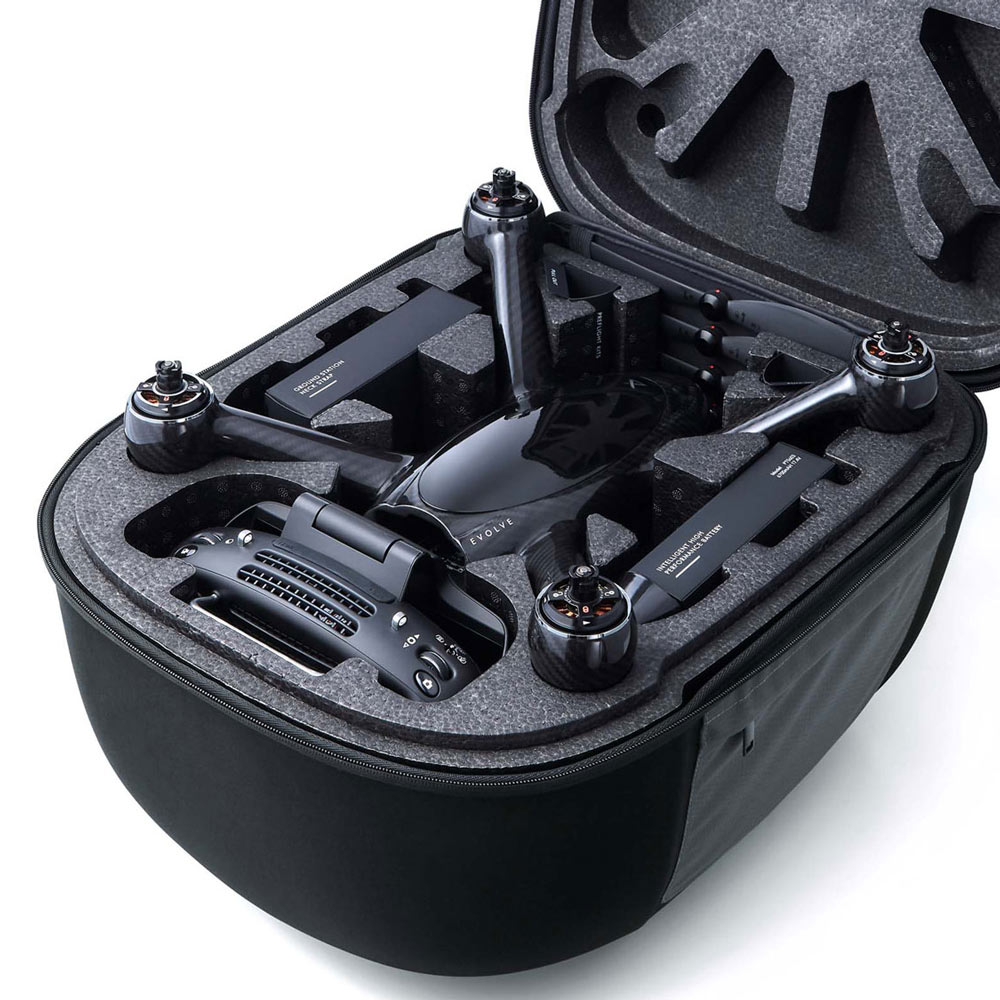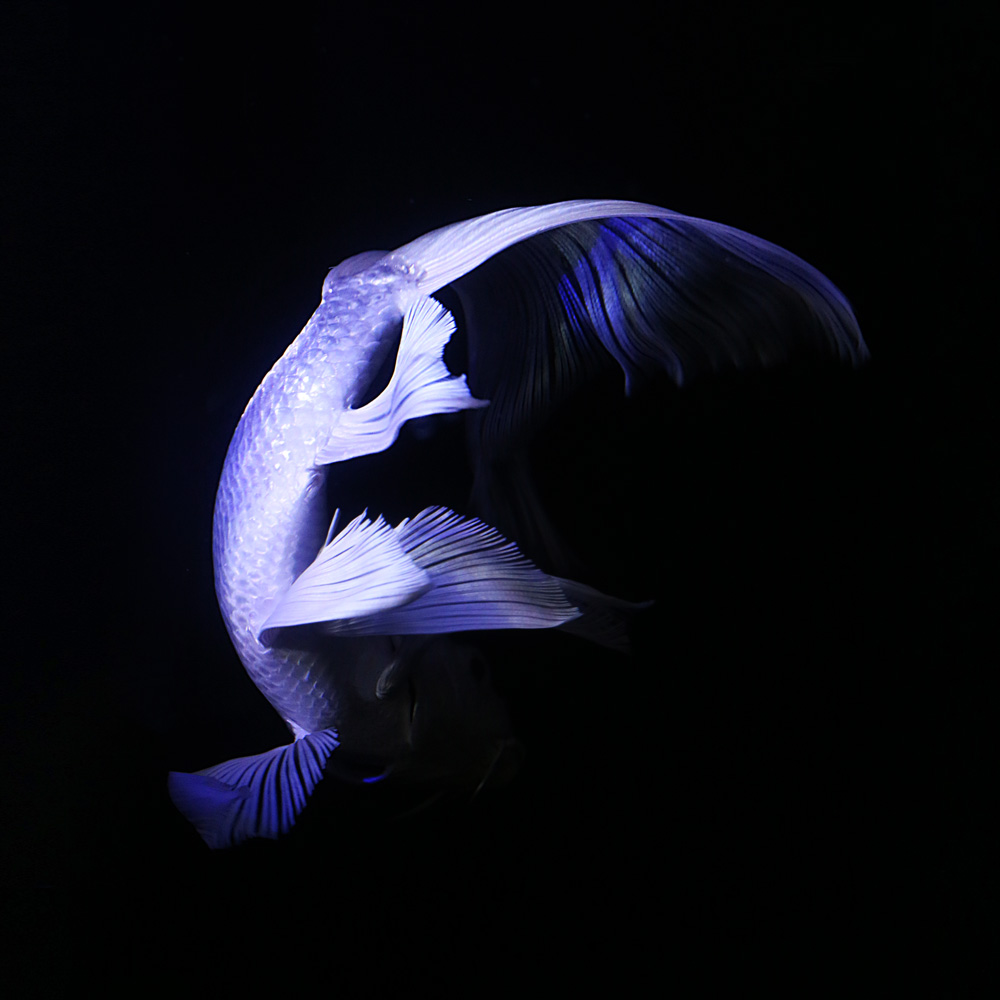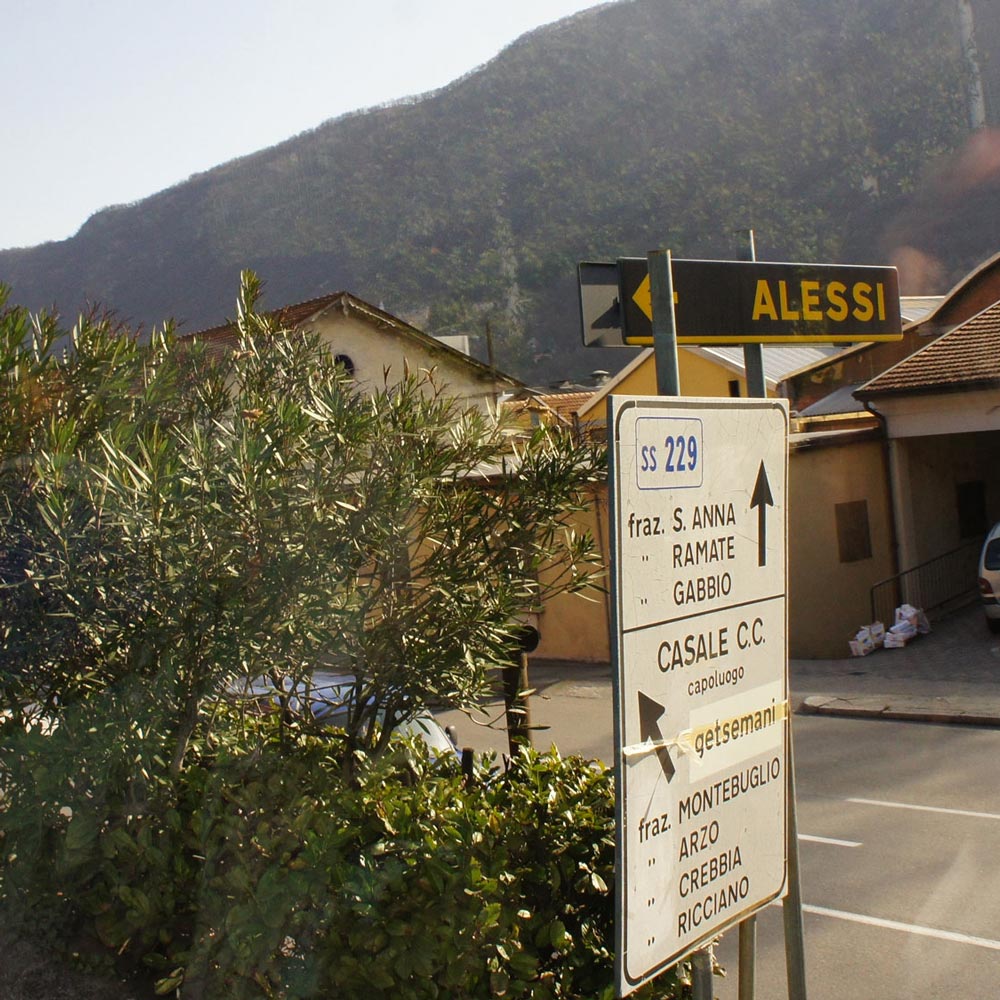2010
| EXPLORATION |CONCEPT DESIGN |
THE ELEMENTS OF TIME
HOW DO WE TAKE NOTE OF TIME?
This project investigates time, philosophy, and one of the primary ways we orientate ourselves in the world.
It started with a simple question: How do we take note of time?
THE NOTION OF WE TAKE NOTE OF TIME
In the past, humans created instruments for measuring time to help us manage our tasks more efficiently.
The project was based on the philosopher Aristotle who divided time into 7 elements to present ‘how we take note of time’ and comprehend the essence of time and capture the speed of time.
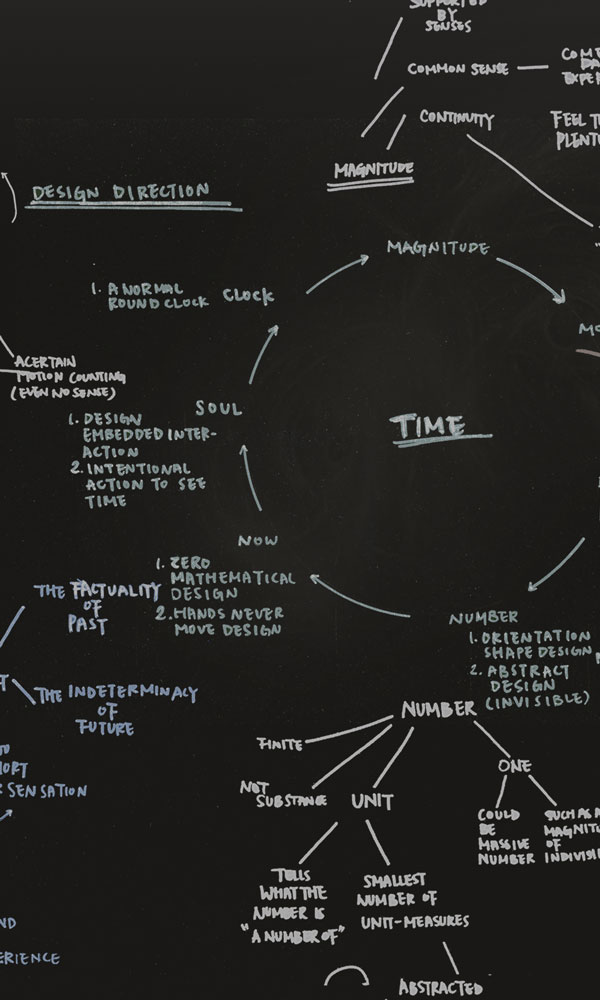
2010
| EXPLORATION |CONCEPT DESIGN |
THE ELEMENTS OF TIME
HOW DO WE TAKE NOTE OF TIME?
This project investigates time, philosophy, and one of the primary ways we orientate ourselves in the world.
It started with a simple question: How do we take note of time?
THE NOTION OF WE TAKE NOTE OF TIME
In the past, humans created instruments for measuring time to help us manage our tasks more efficiently.
The project was based on the philosopher Aristotle who divided time into 7 elements to present ‘how we take note of time’ and comprehend the essence of time and capture the speed of time.

The notion of we take note of time
Project Brief & Exploration
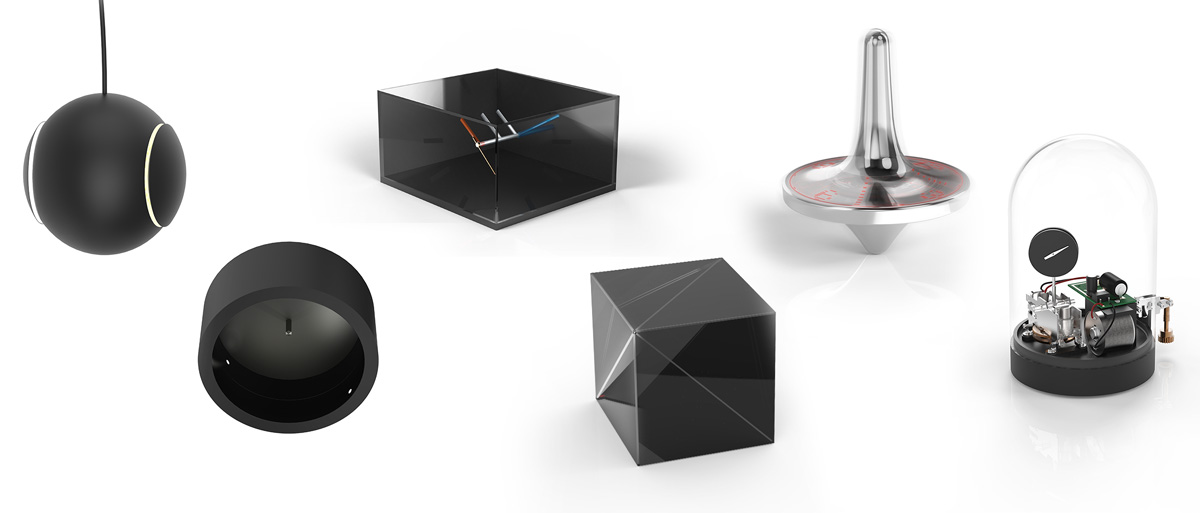
The project was based on the philosopher Aristotle who divided time into 7 elements to present ‘how we take note of time’ and comprehend the essence of time and capture the speed of time.
The research was divided into 2 different categories, the intangible and tangible.
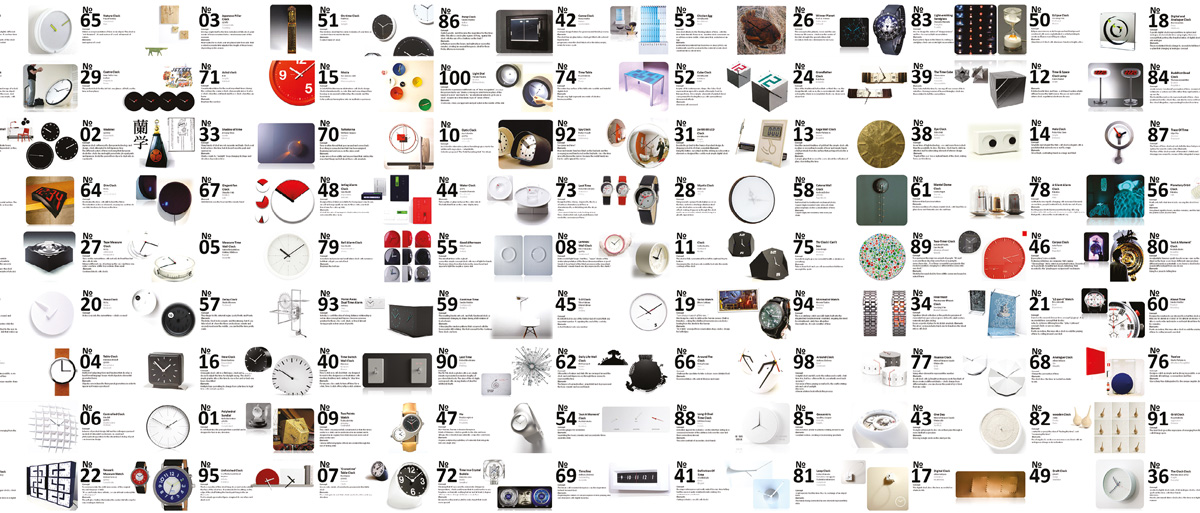
Tangible Research: The Evolution Of Telling Time
The research was arranged in five thematic groupings, which defined 100 different ways of telling the time based on culture, production and specific consideration.
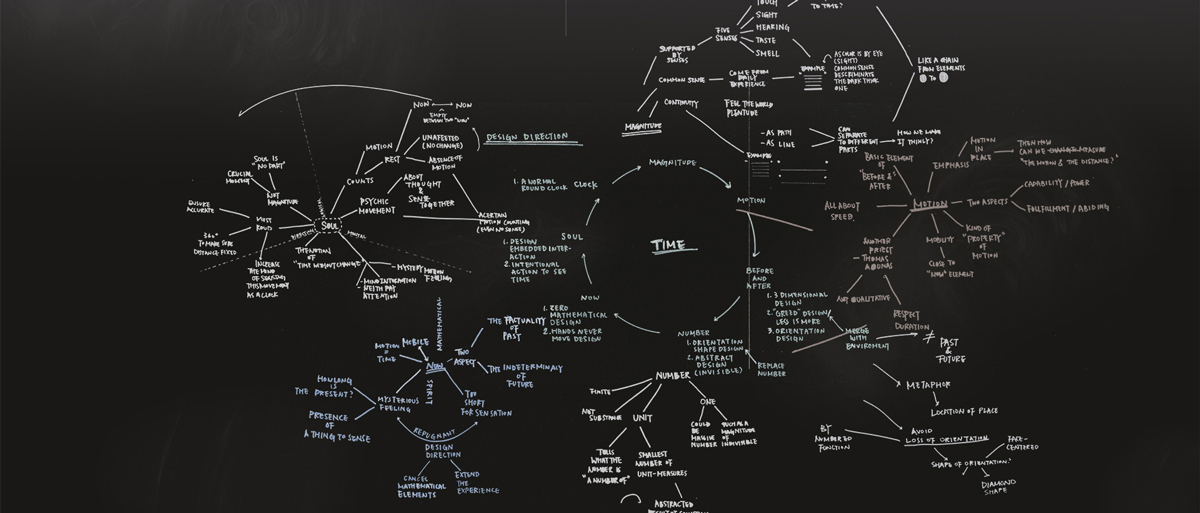
Intangible: what, then is time
Aristotle’s theory which has divided time into 7 elements to present how we take note of time.
All concept work was designed and created in 2010. CAD drawing and rendering recreated in 2016.
Element 01
Magnitude is cycle of life
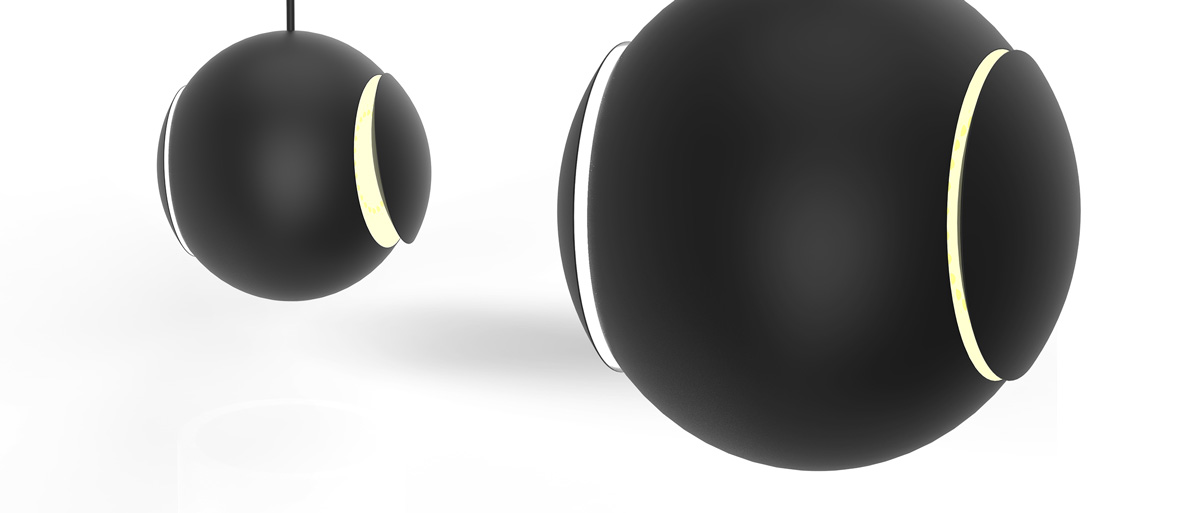
Time is changing repeatedly as mention by common sense. Every sense we have depends on magnitude, changing in a continuous, analogue way to keep object’s continuity.
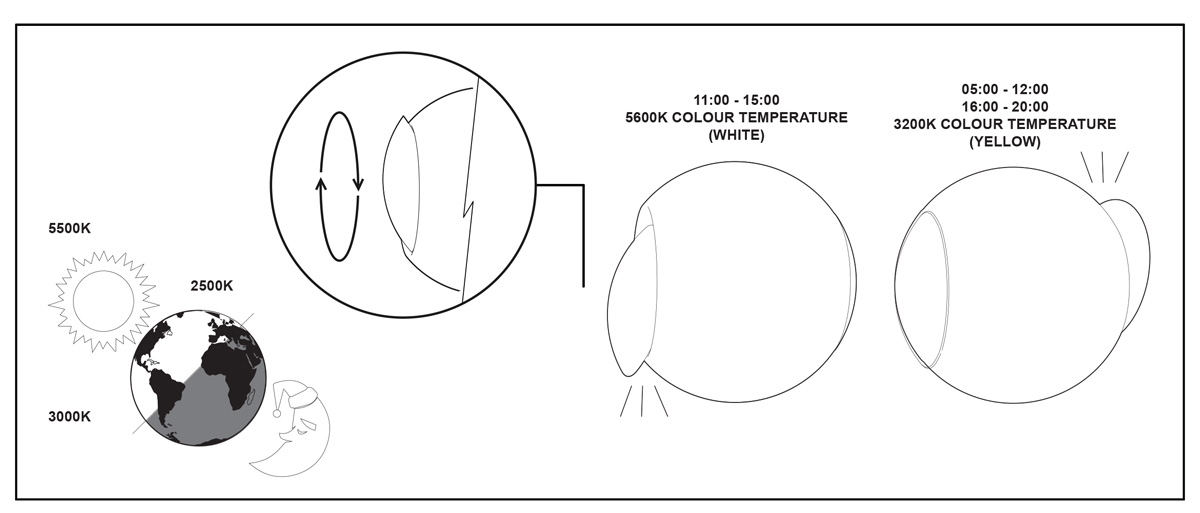
The ‘Magnitude’ design uses sun source to present the way of awareness by understanding of the basic nature pattern. Use the white light source and the nature yellow light source to present the continuity of day.
Element 02
Motion is spatial
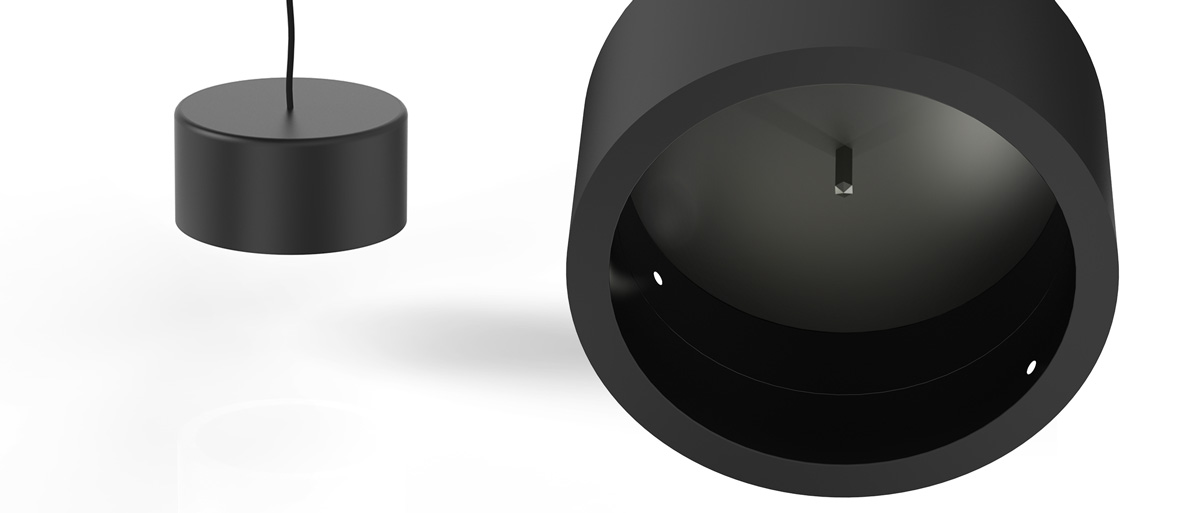
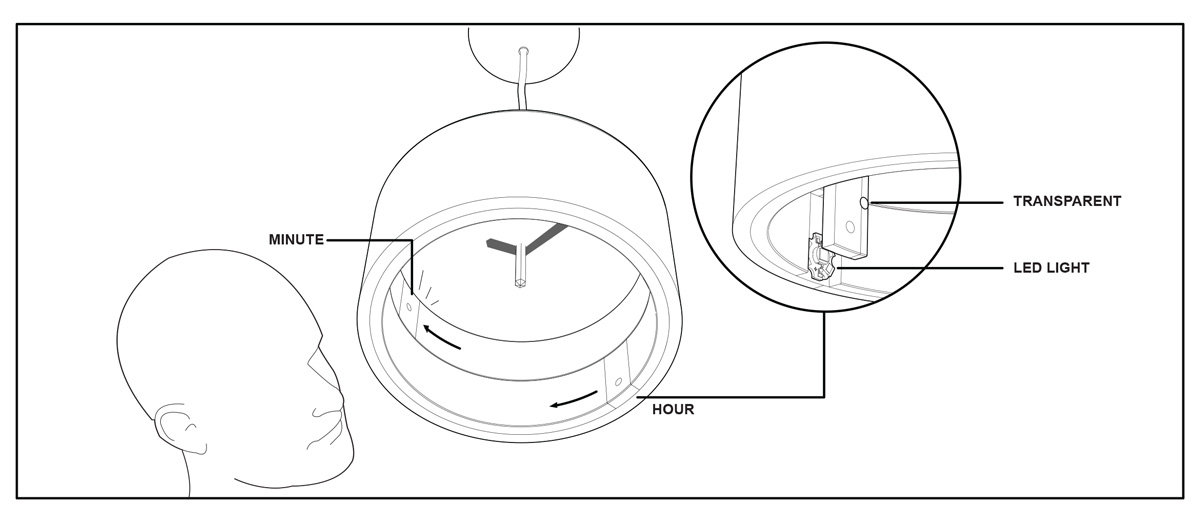
Before and after is sequence
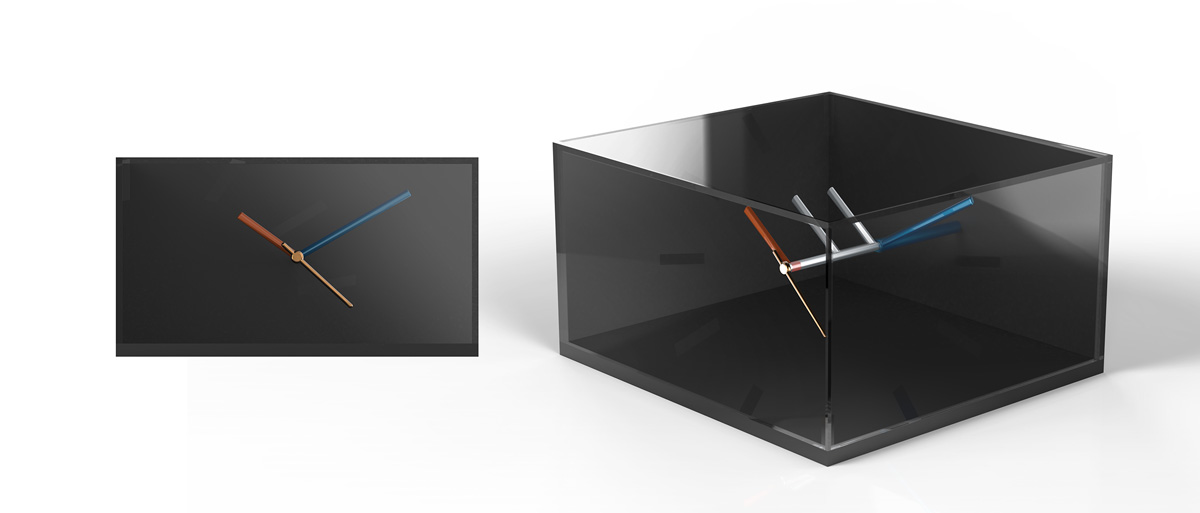
We can also appreciate that time is relative. Time should not be primarily moments in the mobile but locations of place. Indicate mobility that can be measured and people sensible to numbers without loss of orientation.
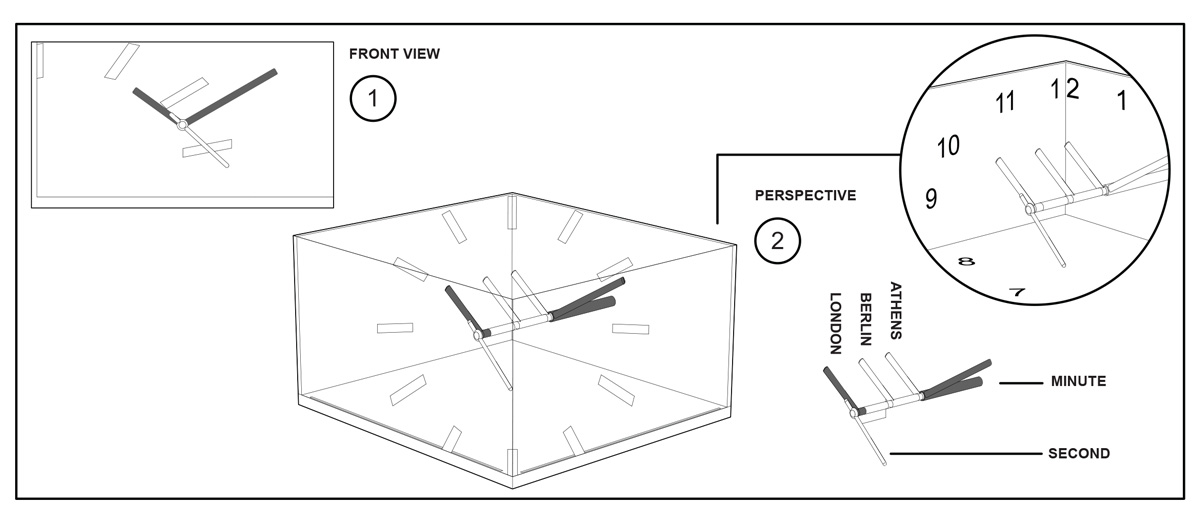
The hour hands of each level of the clock indicate the time in a different location, whilst the minute hands move in sync with each other – separate but moving together.
Element 04
Number is unit of time
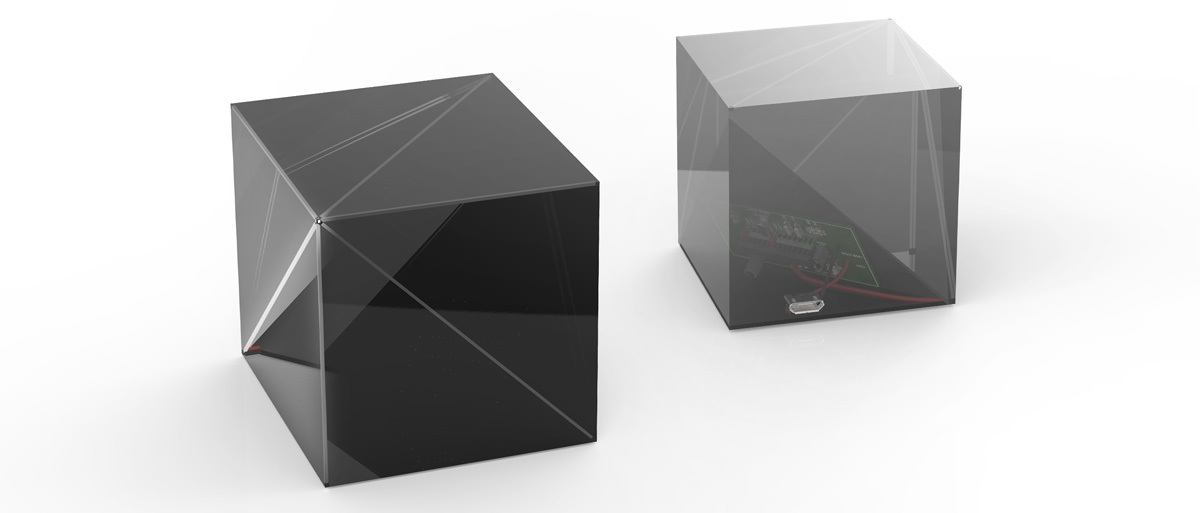
For many time is nothing but numbers. These are the rationalised units of time telling, and they advance in a defined. There is not the smallest unit-measure, but there is the smallest number of unit measure.
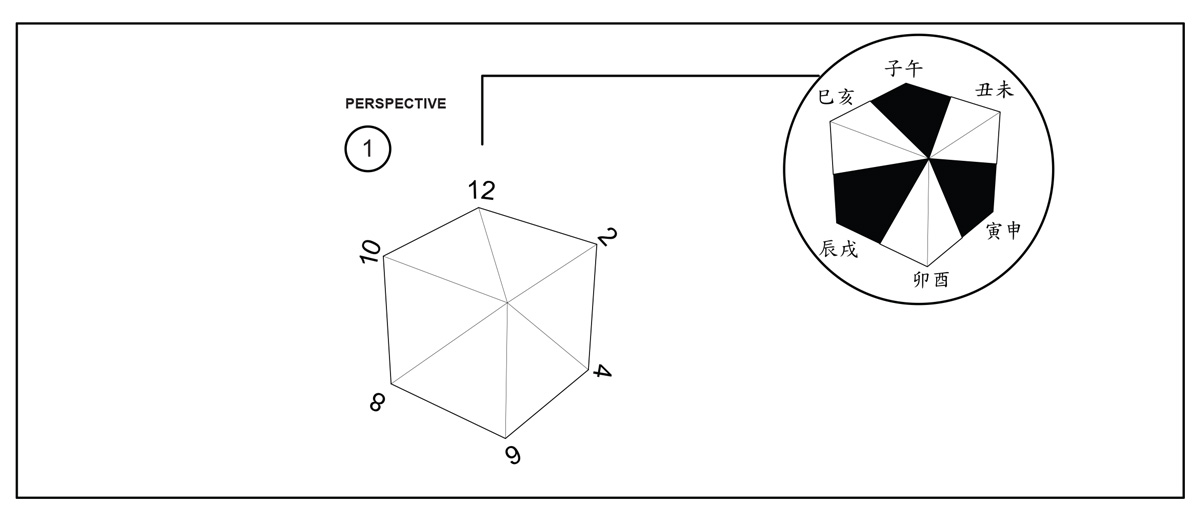
The ‘Number’ design with light shines form the crystal faces to indicate the correct time, whilst the crystal’s form divides the time into units.
ELEMENT 05
Now is happening

Despite the use of the word, ‘Now’ doesn’t really exist. It is the concept we use to connect the ideas of the past and the future, a bridge between ‘was’ and ‘will’.
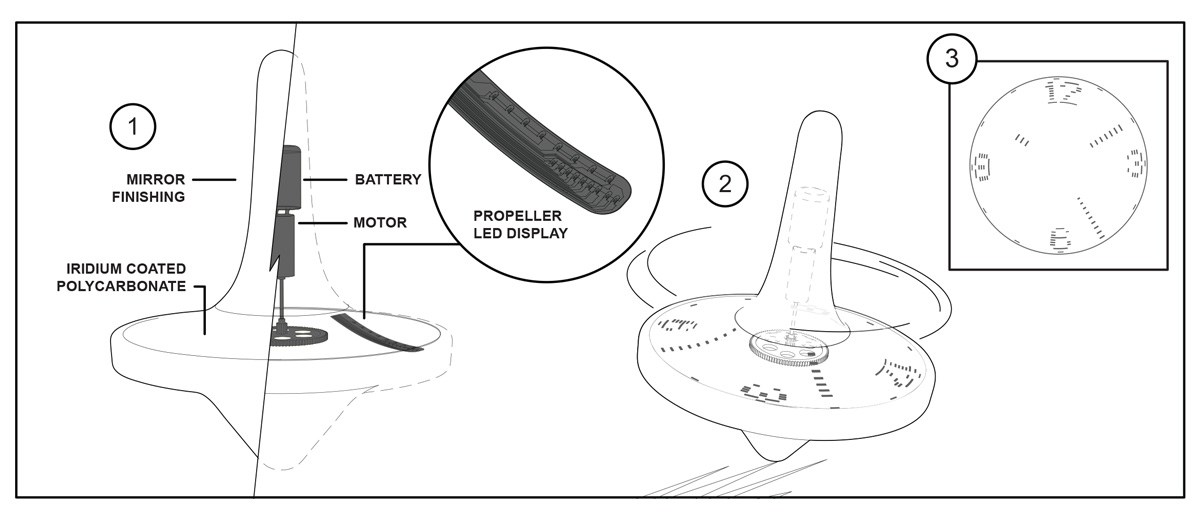
The ‘Now’ design as a spinning top uses anamorphosis art concept to make only the current time visible in a distorting mirror, with past and future forever warped and obscure.
Element 06
Soul is psychic
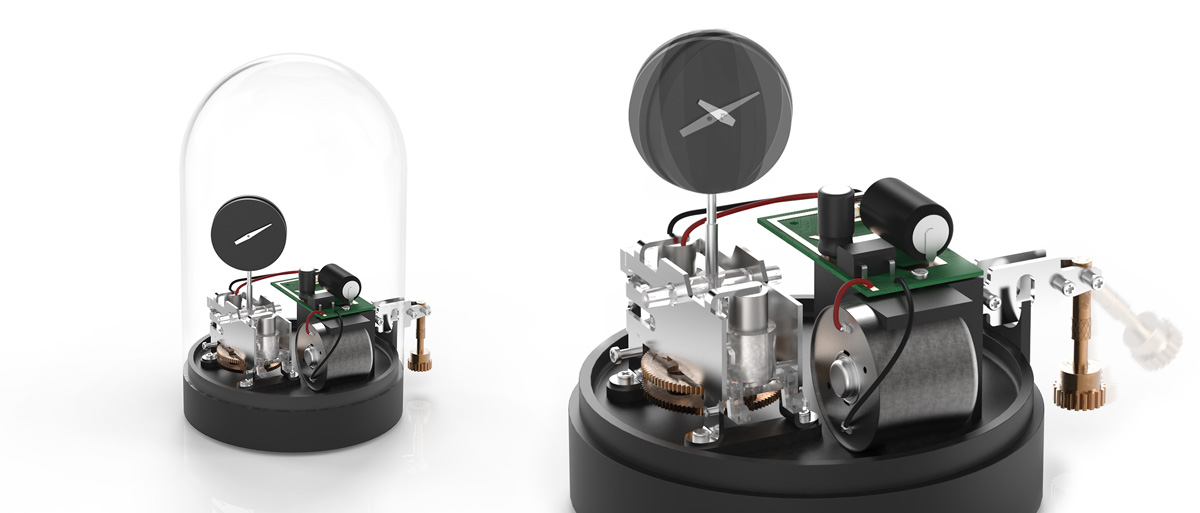
Time counts not only with the motion but also the rest. Time is about the interaction of different elements rather than about physical measurement.
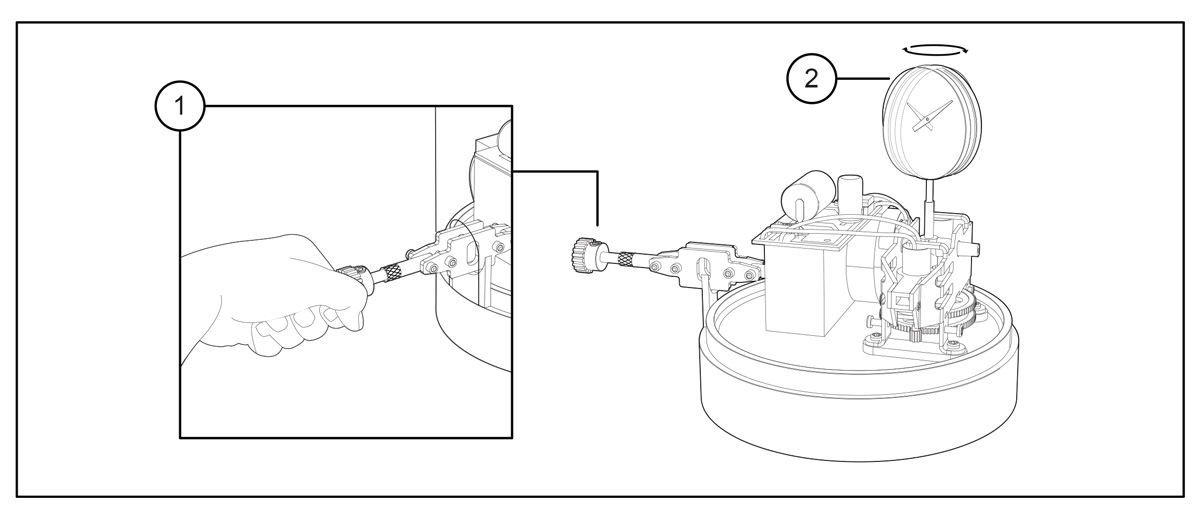
The ‘Soul’ design divides the hands onto different faces of a rotating disk.
The exposed handle invites the user to spin the divided clock face as in a thaumatrope, using the persistence of vision effect to present a whole and readable clock face.

